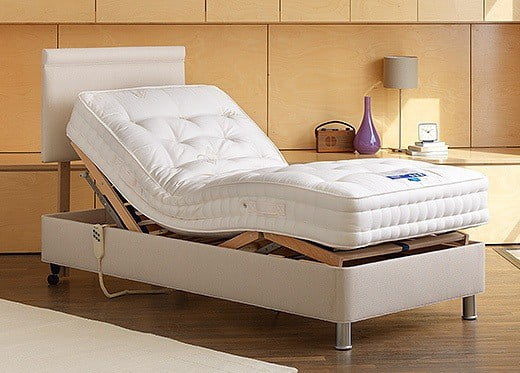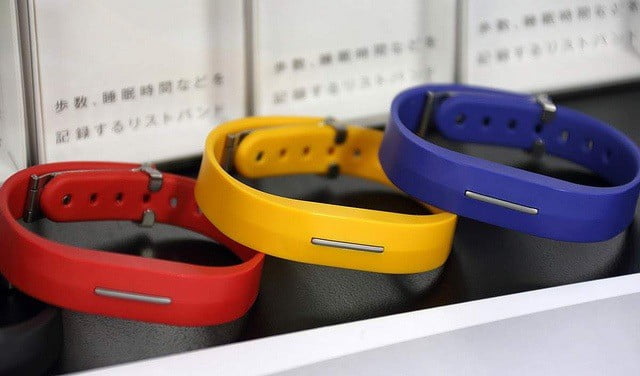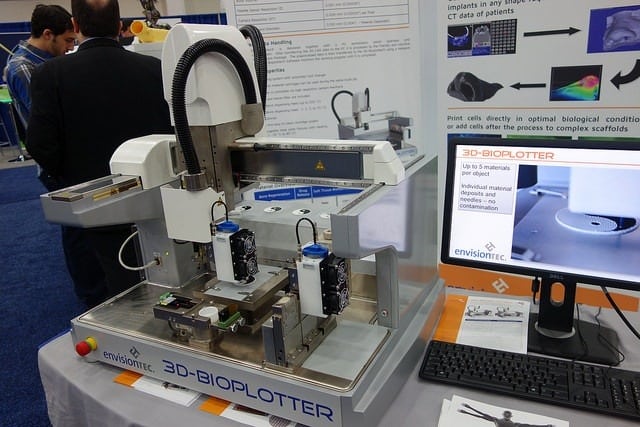In one sense, there is no such thing as medical technology and consumer technology. It is all just technology. We used to think of certain tech as space or military. Today, it’s just velcro and GPS. What powers weapons targeting systems today will power autofocus in tomorrow’s consumer cameras.
There is not as clear a delineation between one type of tech an another. A casual glance around a hospital or doctor’s office makes this point clear. We have a hard time thinking of medical and consumer tech as being in the same category for a number of reasons including the following:
- Medical tech is for sick people
- Medical tech is extravagantly expensive
- Medical tech requires high levels of precision
- Medical tech does not look like its consumer counterparts
These are mostly true observations. Take a biorepository for biological sample storage as an example. Your home refrigeration and freezer unit does not provide cGMP compliant storage at any temperature. It does not have redundancy back-up freezers, power, LN2, climatized systems. Nor does it have 21 CFR, part 11 compliant monitoring like the kinds used by top researchers.
There is not much in consumer experience that corresponds to this type of thing. However, there is plenty in consumer experience that tracks very closely with today’s medical tech. Here are a few examples:
Adjustable Beds

Like most, my first encounter with an adjustable bed was in a hospital. In retrospect, it seems obvious that a bed-bound person would need to be able to sit up, if only to eat. Because of the danger of blood clots in the legs, it makes sense to be able to raise the legs and feet as well.
Along the way, we have all encountered a commercial for adjustable beds that seemed to target the elderly. That kind of made sense. Who else besides the elderly would need some type of medical equipment at home.
At some point, industrial designers, comfort experts, doctors, and retailers stepped in. Suddenly, the ability to adjust one’s bed was not just for the aged and infirmed. It was for everyone. Today, everyone is talking about the health benefits of adjustable beds.
Back pain, sleep apnea, snoring, acid reflux, poor digestion, and swelling are just some of the complaints resolved by adding an adjustable bed to one’s life. You don’t just get them from medical supply stores either. You can’t walk into a Sleep Number store without encountering an adjustable bed fit for royalty. Adjustable beds are just one example of the mainstreaming of medical tech.
Fitness Trackers

There was a time when having a heart-rate monitor strapped to you was a sign that something very bad was suspected. No one ever looked forward to it. And most certainly no one ever did it for fun or curiosity. A heart-rate monitor was a serious piece of medical equipment reserved for a serious piece of business.
Today, these sensors are small enough and cheap enough to go into every $5 fitness band put out by white label Chinese manufacturers. The quality of most of those monitors is, well… You get what you pay for.
But Apple raised the bar with the introduction of the Apple Watch: The accuracy of which rivals gold standard chest strap monitors. Perfectly healthy people strap on heart-rate monitors just to satisfy curiosity, or to track their attempt to get even more healthy. These days, fitness tracking is about as consumer as technology gets.
3D Bioprinting

One of the most exciting examples of med-tech, consumer-tech crossover goes the other way. Consumer obsession with 3D printing has led to medical breakthroughs that allow for the 3D printing of human organs.
Which came first, consumer tech or bio-tech? The answer is simply tech. Since the invention of fire, we have been finding ways to use tech to enhance every aspect of our lives. We don’t always know what direction that tech will take.
Sometimes it takes us to space. Other times it adds a few years to our lives. And still other times, it gives us a better way to make chicken soup. Adjustable beds, fitness trackers, and 3D bioprinting are examples of neither consumer or med tech. It is just humans making a better world for humans.



